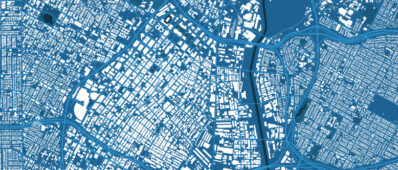Abstract
This paper presents an empirical assessment of the interaction between the land use – transportation system and travel behavior. A methodology is developed to identify a range of land use-transportation systems using a clustering technique with network and land use inputs. Twenty neighborhoods from Orange County, California were considered in this process. Three groups, or themes, were found to best represent the neighborhoods in the sample area, one each associated with the conventional definition of neotraditional (TND) and planned unit development (PUD) neighborhoods, and one representing neighborhoods which blend characteristics of TND and PUD. Conventional and more complex measures of individual travel behavior were compared via an analysis of variance between the themes to identify significant differences, controlling for socio-economic differences. Research results included the development of (a) a systematic methodology to identify a more explicit land use and transportation dimension, (b) an estimate of the potential effectiveness of design-oriented solutions to reduce automobile congestion using the developed themes, and (c) a preliminary assessment of the extent to which development themes can be utilized to improve the current modeling framework.



